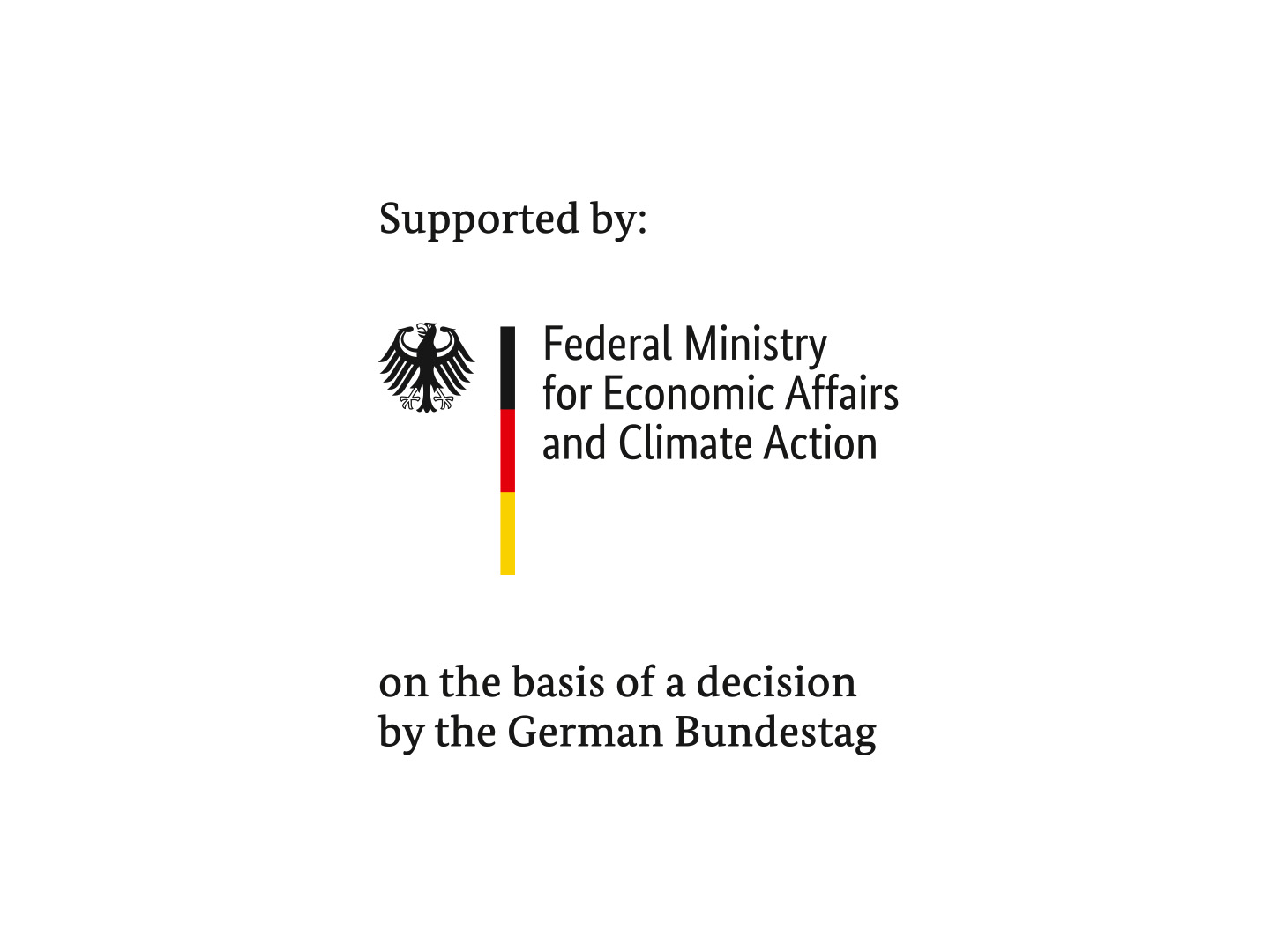The adhesion between fibers and matrix is influenced by various parameters, including wettability, chemical bonding and mechanical interlocking. Research shows that chemical treatments, in particular painting to functionalize the surfaces, are more effective than physical processes.
Despite the promising approach, it was found that adding maleic anhydride (MA) grafted PLA to the PLA-flax composite did not improve adhesion and mechanical properties. The situation was similar when lignin from Eucalyptus globulus was used as a natural coupling agent. The desired reinforcing effect through the use of flax straw was also observed without a coupling agent:
The challenge of fiber-matrix adhesion
However, the sole addition of flax straw in recycled post-consumer polypropylene (rPP) did not sufficiently improve the material properties. Similar difficulties arose when MA was used as a coupler. The addition of 2 % MA grafted PP (MAPP) in rPP-flax composite did not achieve the expected improvement in mechanical properties that was achieved with virgin PP (vPP) with flax. Initial analyses indicate that impurities in the recycling process could block the MAPP reaction. The influence of the polyethylene (PE) contained in the recyclate of up to 10 % on the coupler could be ruled out by comparing composites made of vPP/vPE/flax with and without couplers.
However, by producing a masterbatch from vPP, flax and MAPP, which was then compounded with rPP, a significant improvement in the mechanical properties was achieved. The end product consists of a mixture of approx. 67% rPP, 11% vPP, 20% flax and 2% coupler.
All the composites developed could be successfully processed into stepped plates and spirals. To protect the fibers, a low dosing speed was selected and a high back pressure was used to achieve homogeneous distribution.
The project results show that flax straw from oilseed rape production is generally suitable as a reinforcement in plastics. The composite materials can be further optimized for specific applications by adapting the process parameters and using appropriate additives or processing aids.
 Fraunhofer Institute for Environmental, Safety and Energy Technology UMSICHT
Fraunhofer Institute for Environmental, Safety and Energy Technology UMSICHT